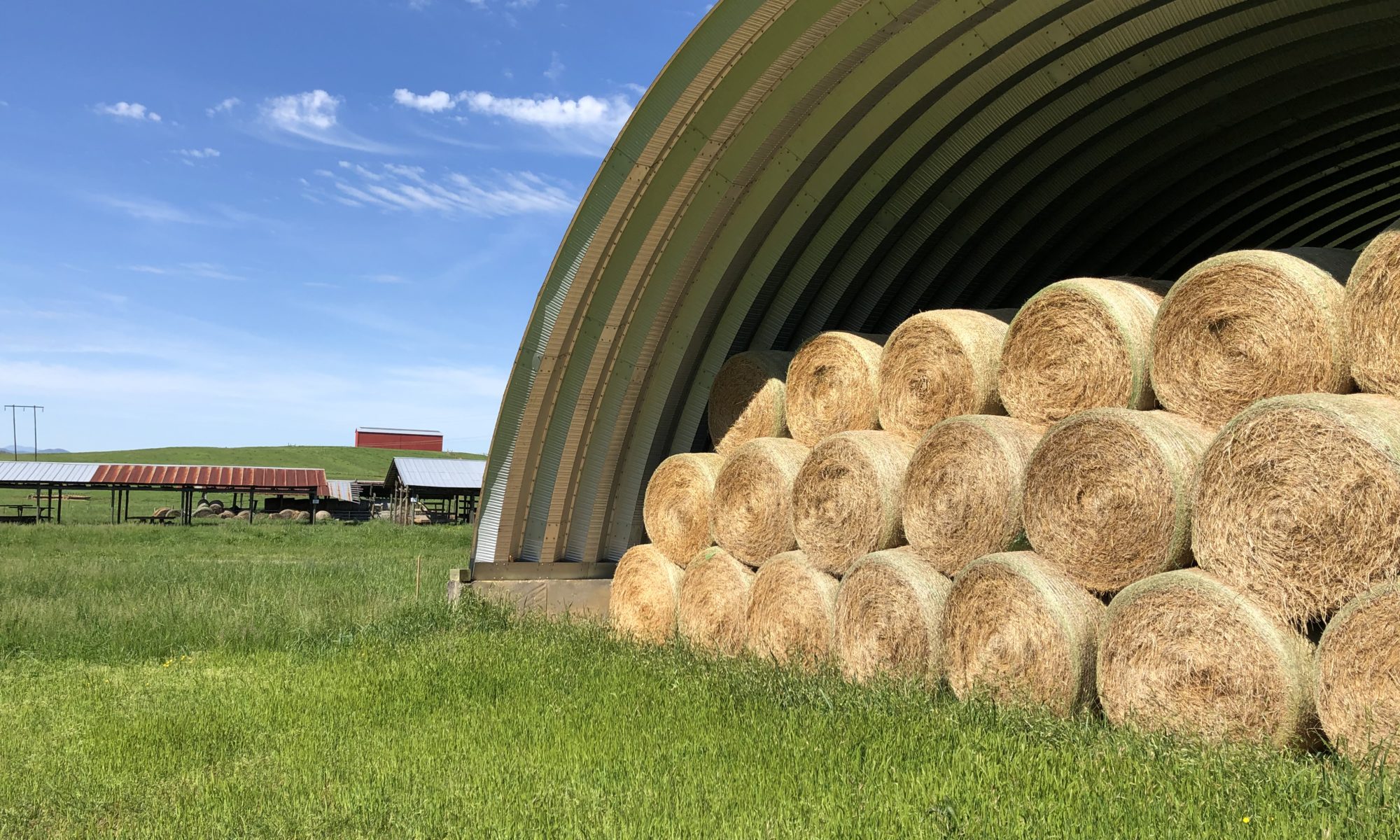

Dr. Katie Mason
Assistant Professor and Extension Beef Cattle Nutrition Specialist
Department of Animal Science
P: 865-974-8941
Due to drought conditions over the summer, it is shaping to be a winter-feeding season of tight hay supplies. Below are just a few of many considerations for managing short hay supplies. Do not hesitate to reach out to your local county agent when assessing your winter feeding situation to receive guidance on how to make the most out of your hay this feeding season. It is important to use what hay you do have efficiently, and here are a few ways to make sure of that:
Understand your hay supply and cattle demand
A mature cow will typically eat 2 – 2.5% of her body weight in dry matter per day. To feed 30 mature cows for 145 days, it would require about 71 tons of dry matter. After accounting for dry matter content in average hay, and a 10 – 15% waste loss, it would require about 96 total tons of hay. This is also a crucial time to identify any non-productive animals by pregnancy checking and culling open cows.
Test your hay and match to cattle nutrient requirements
The only way to know the quality of the hay you are feeding is to take a sample and have an analysis conducted. When you know the exact nutrient composition of the hay, you can strategically use higher quality hay for lactating cows, first calf heifers, or growing calves, and lower quality hay for dry cows.
Reduce waste during storage and at feeding
Storing hay improperly can result in significant losses due to weathering and refusal. Ideally, hay should be stored under cover or at least on a well-drained surface with plenty of air flow. Additionally, providing a barrier such as a hay ring can result in less hay loss than setting a bale directly on the ground.
Consider economical forage alternatives
Popular options for forage alternative are range cubes, straw, or cottonseed hulls. Straw and cottonseed hulls may provide “bulk” in the diet, but do not provide much in the way of energy, and should be carefully supplemented to be successfully utilized. If you purchase additional hay, request to have it tested to ensure that you are getting a nutritionally valuable product.
Observe body condition
Strive to keep herd average body condition between 5 and 6. Exercise careful judgment by maintaining the cow herd in a reasonable condition that will not affect future performance, but recognize when there is room to make short-term sacrifices if cows are in good condition.
